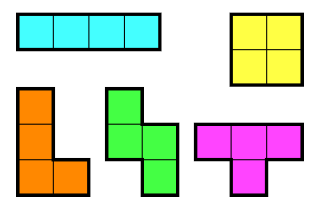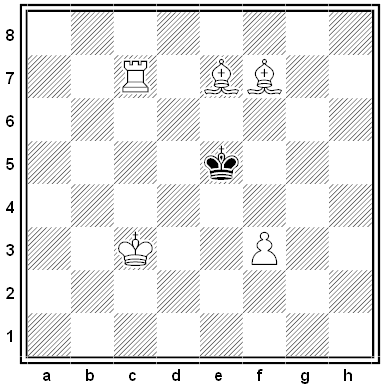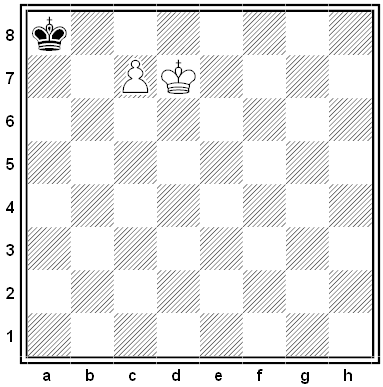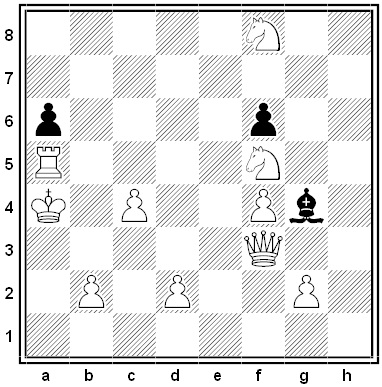David’s solution:
If one die has X different numbers and the other die has Y different numbers, there are at most XY possible totals. Since we need 11 totals from 2 to 12, XY must be at least 11. In particular, at least one die must have at least four different numbers.
If the first die has six different numbers, then any number on the second die has at most a 1/6 probability of getting the right number on the first die to get a total of 7. Therefore, the probability of rolling a 7 is at most 1/6.
If the first die has five different numbers, with one appearing twice, the second die must have at least three different numbers. There is only one possible number on the second die which totals a 7 with the duplicated number on the first die. The second die has at most four copies of the number which totals a 7 with the duplicated number and has two ways to roll a 7; all other numbers on the second die have only one way to roll a 7. This is a maximum total of 10 rolls for a probability of 10/36.
If each die has four different numbers, they can be split 2,2,1,1 or 3,1,1,1. Each number on each die can pair with at most one number on the other die to make a 7. The largest possible sum of products, which gives the number of ways to roll a 7, is 3 × 3 + 1 × 1 + 1 × 1 + 1 × 1 = 12. The maximum probability is thus 12/36.
If the first die has four different numbers and the second has three, there are only 12 different pairs of values, and thus there must be at most two different value pairs which total 7 in order to have 11 possible totals.
Therefore, the largest possible sum of products is 3 × 4 + 1 × 1 = 13, not 3 × 4 + 1 × 1 + 1 × 1 = 14. And 13 is possible, with one die having 1,2,6,6,6,7 and the other having 1,1,1,1,3,5 (or 1,2,2,2,6,7 and 1,3,5,5,5,5); this gives a probability of 13/36.





